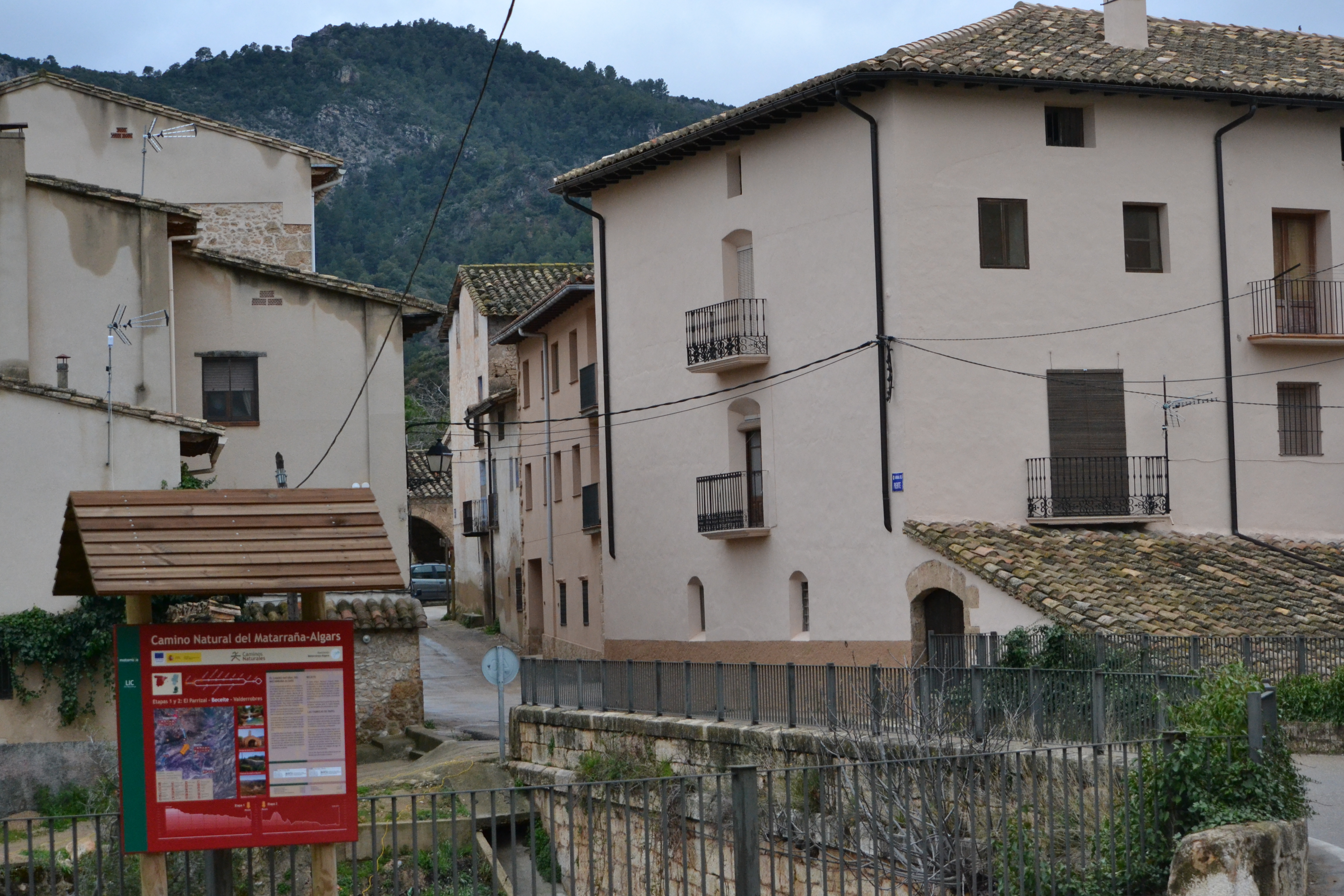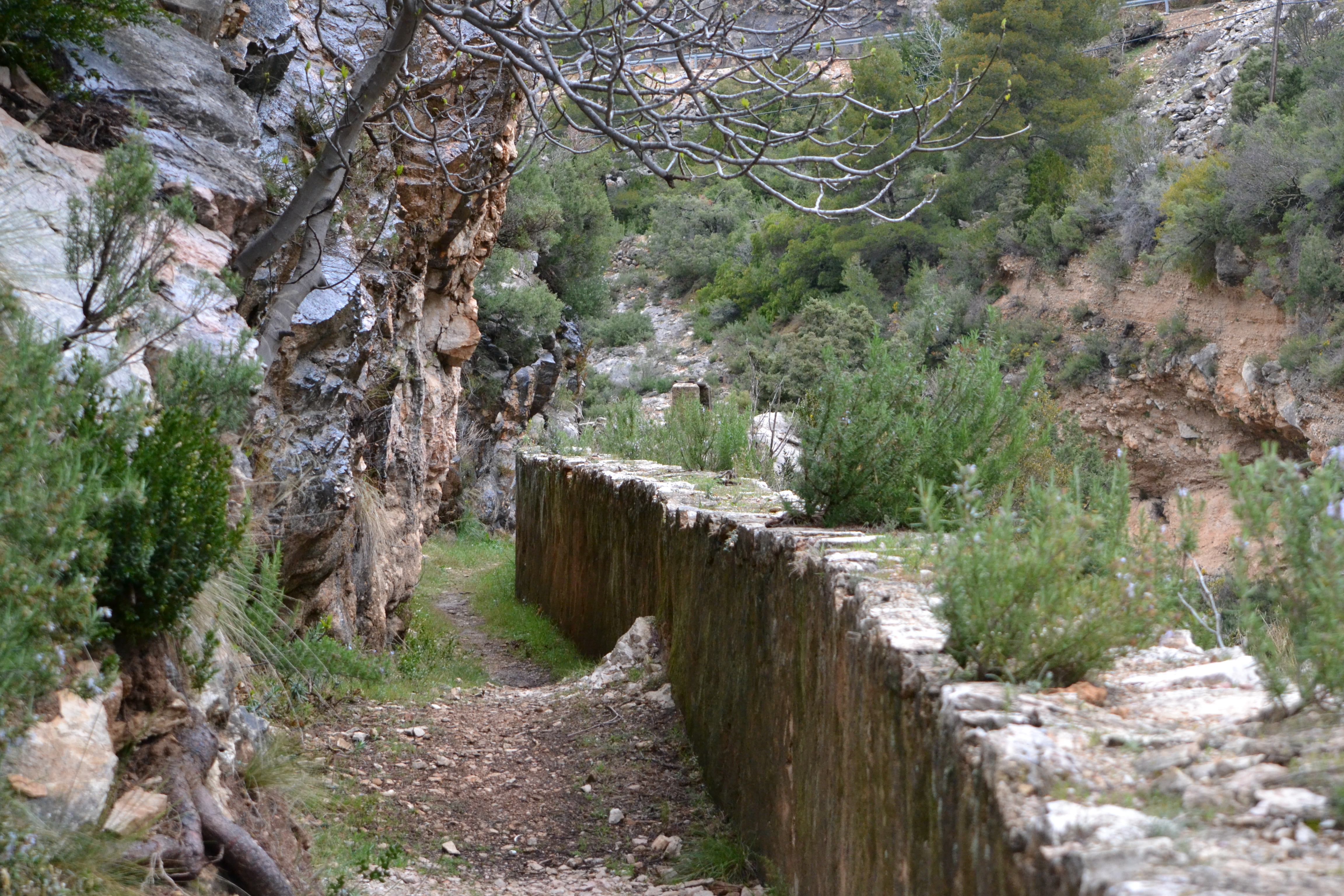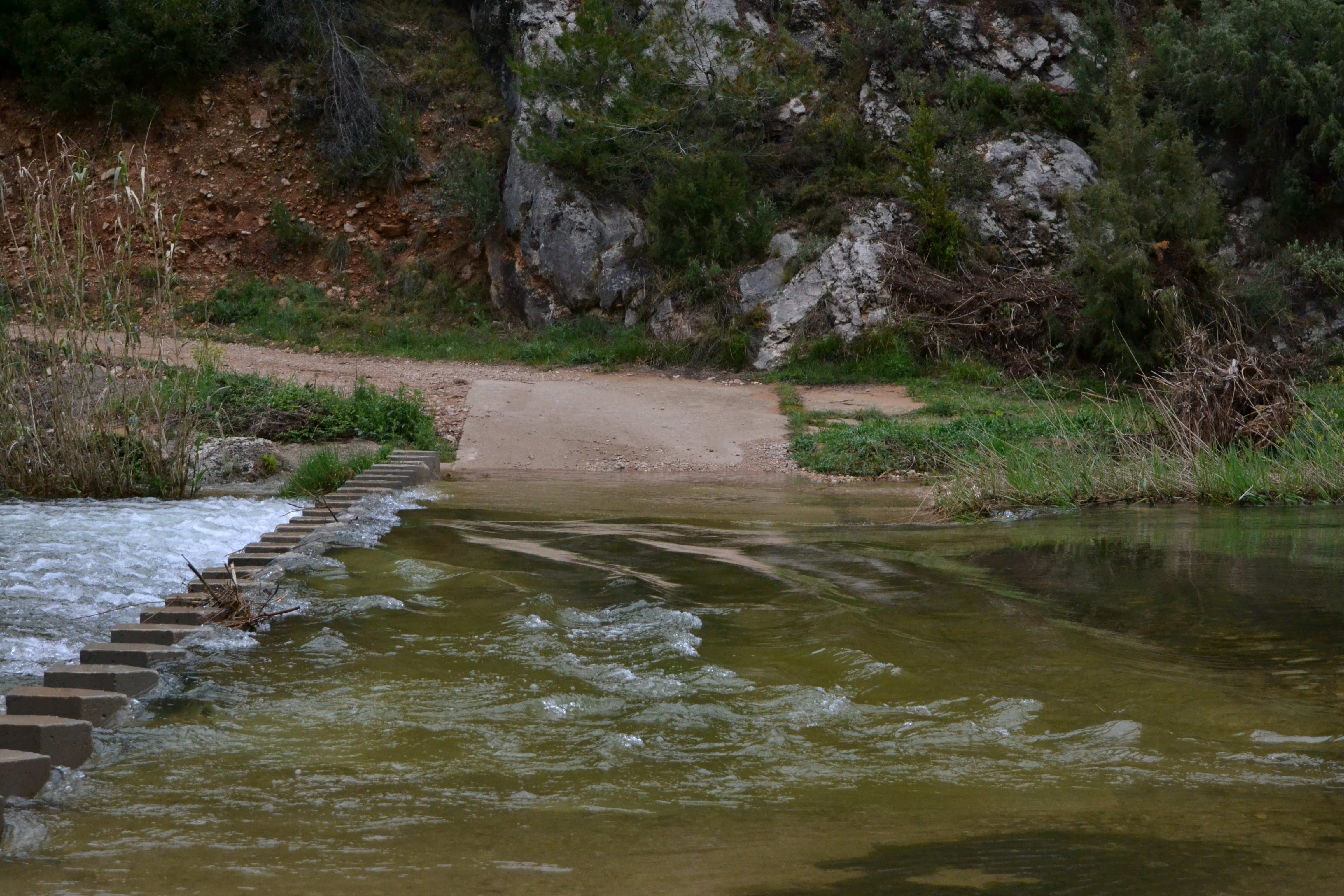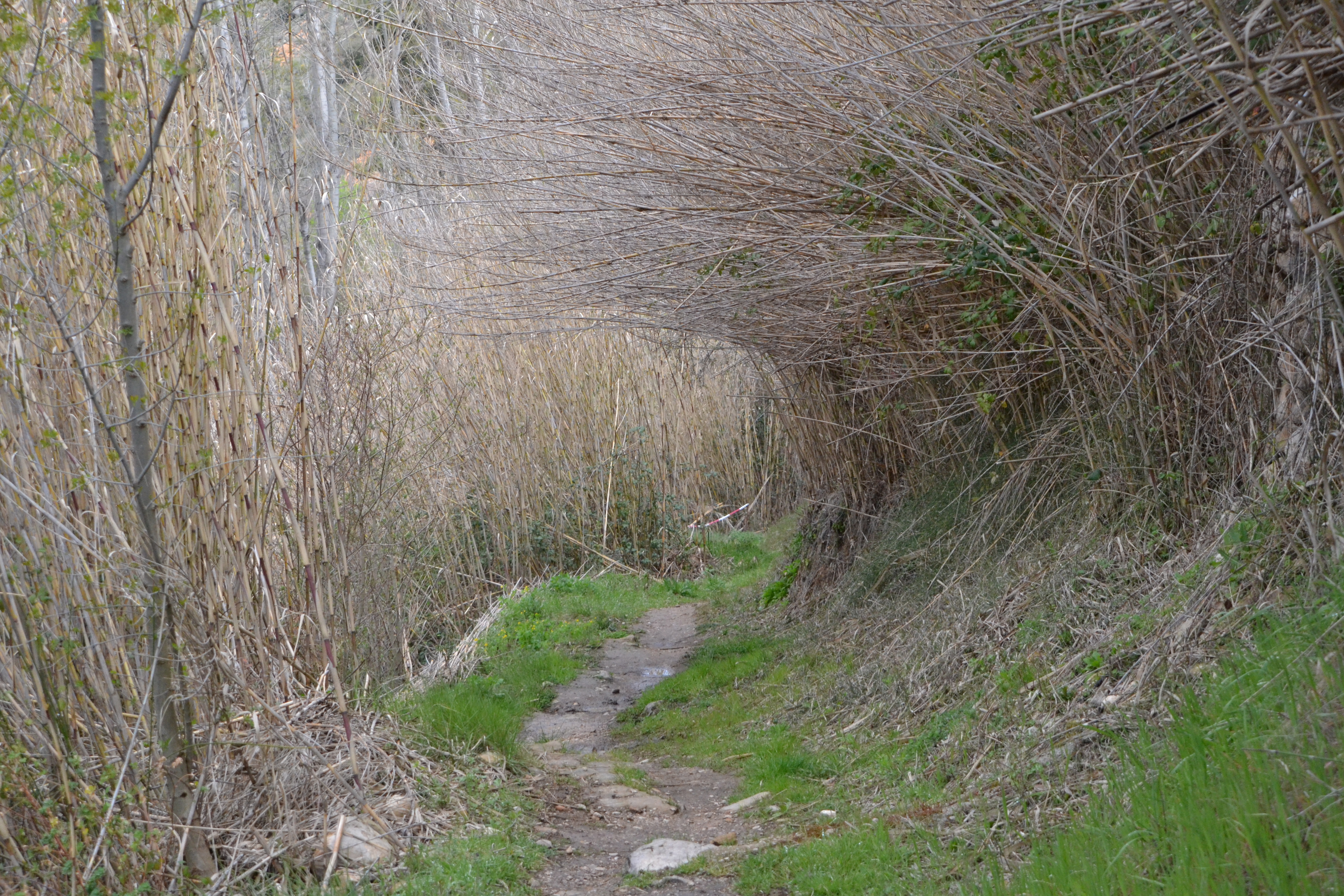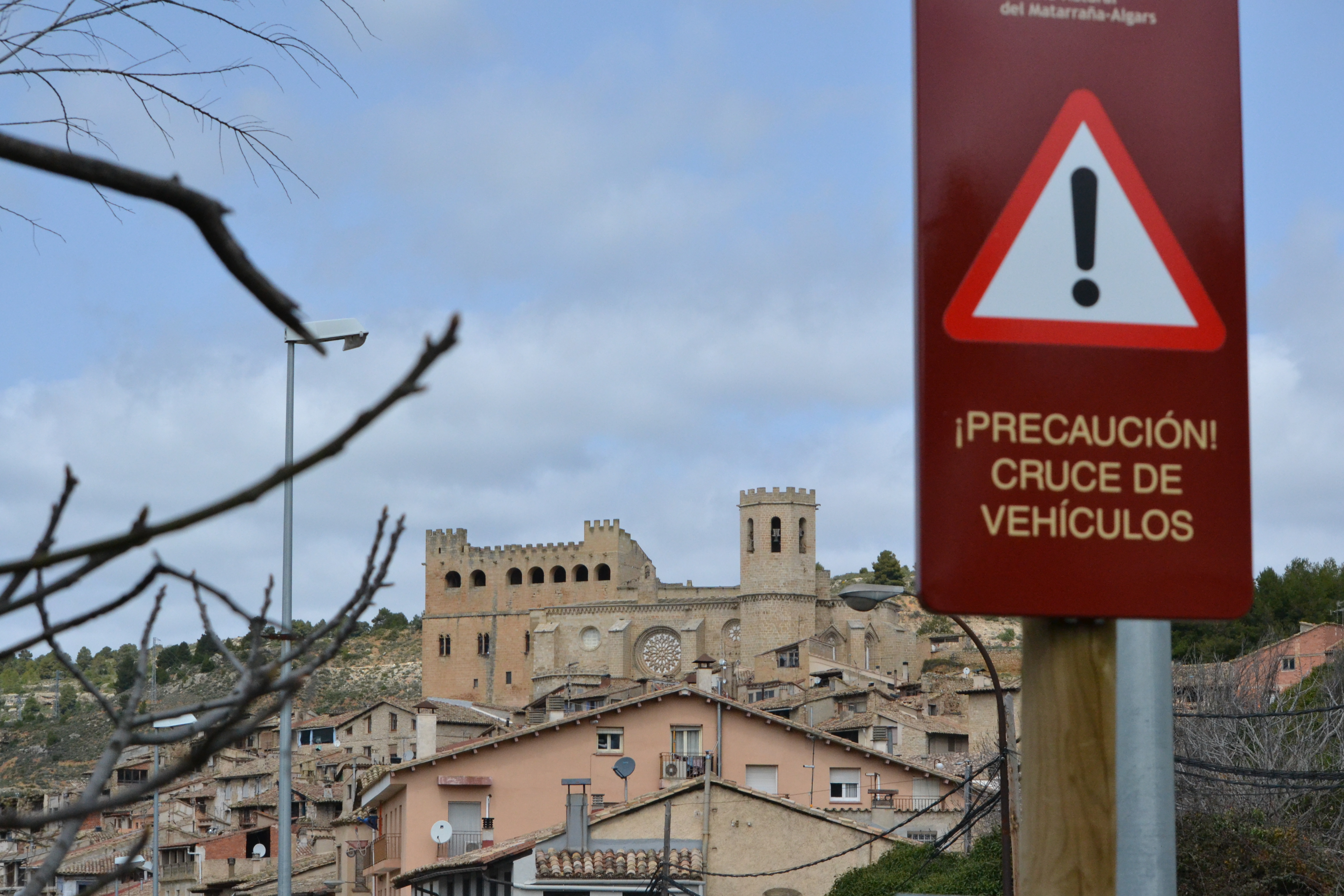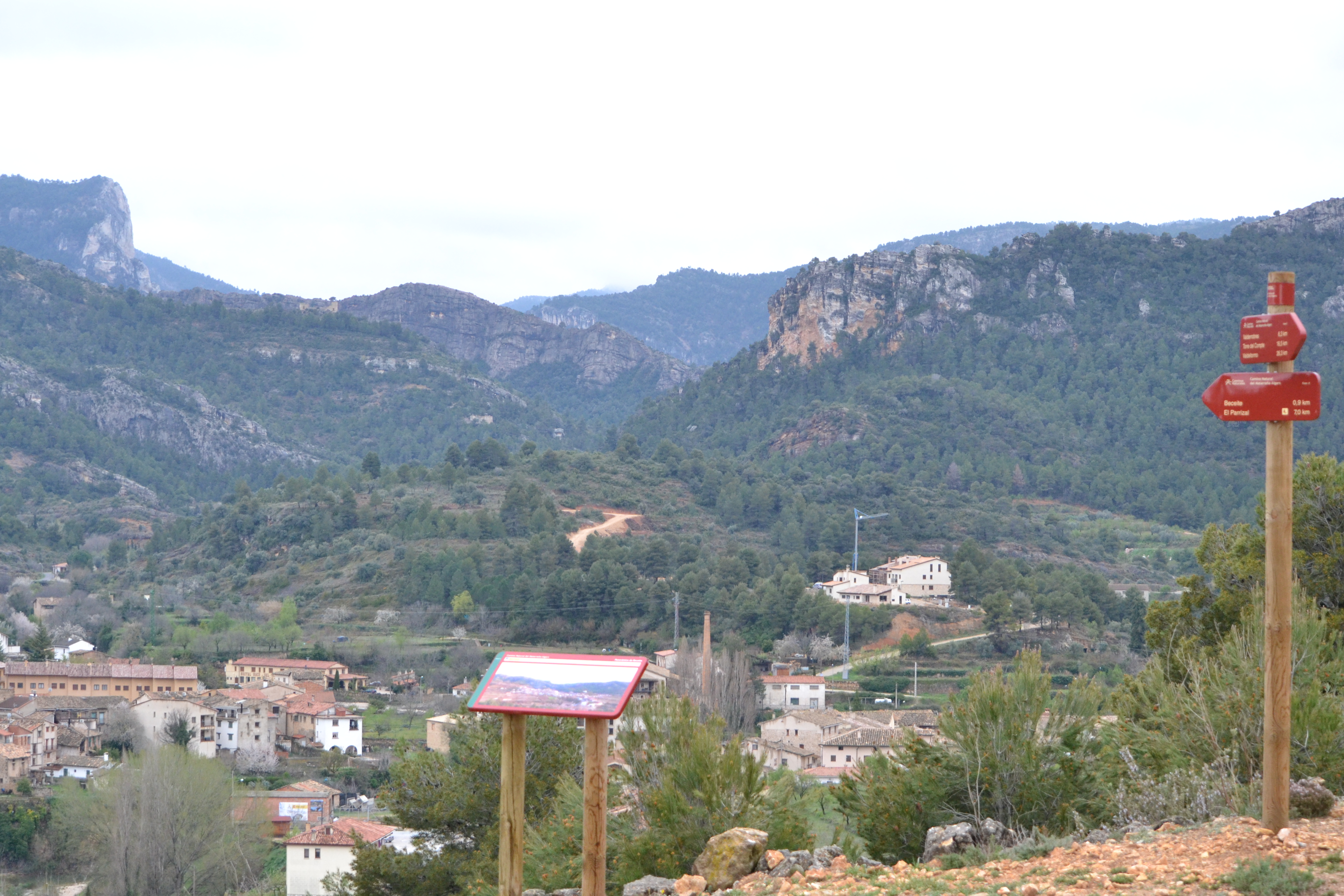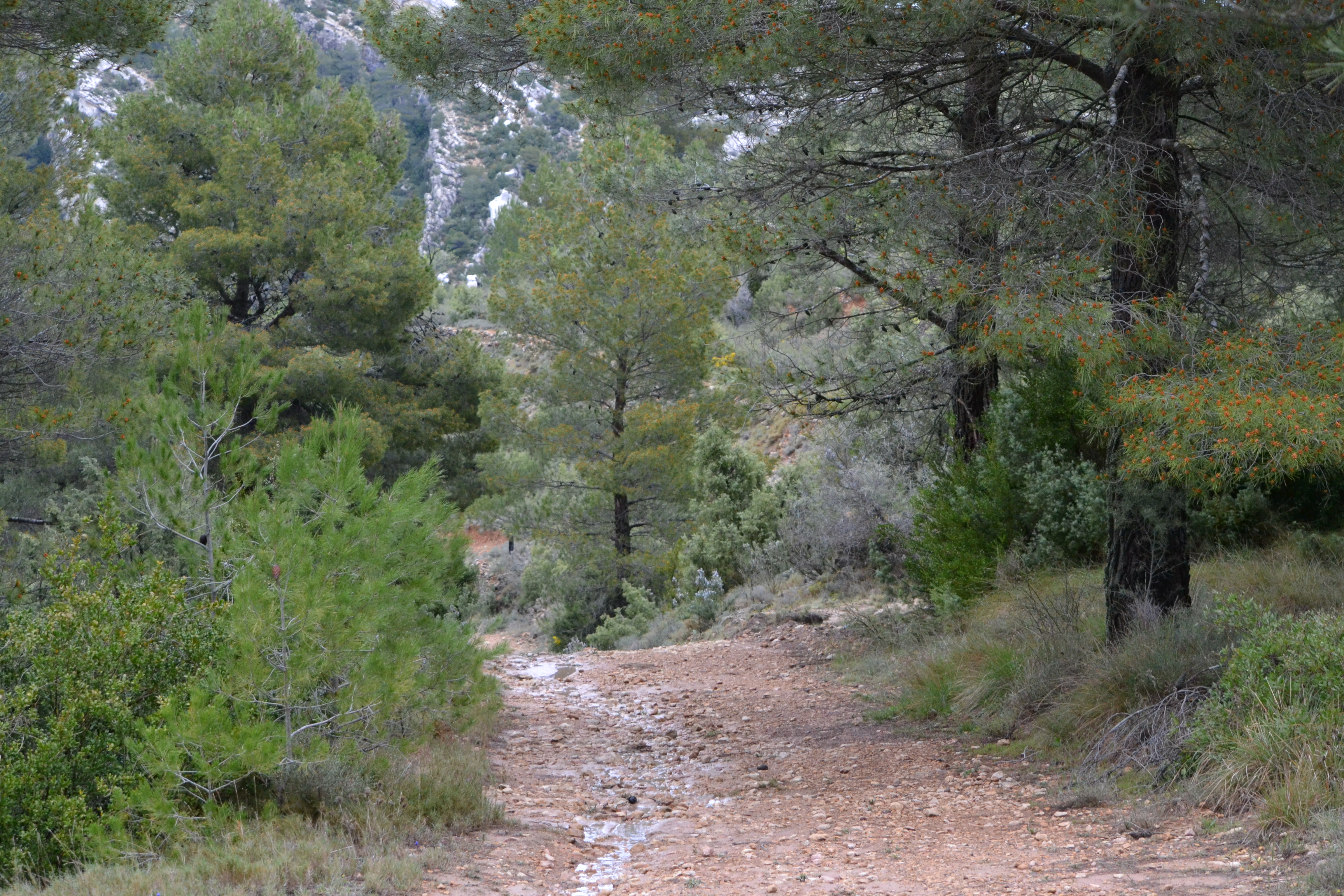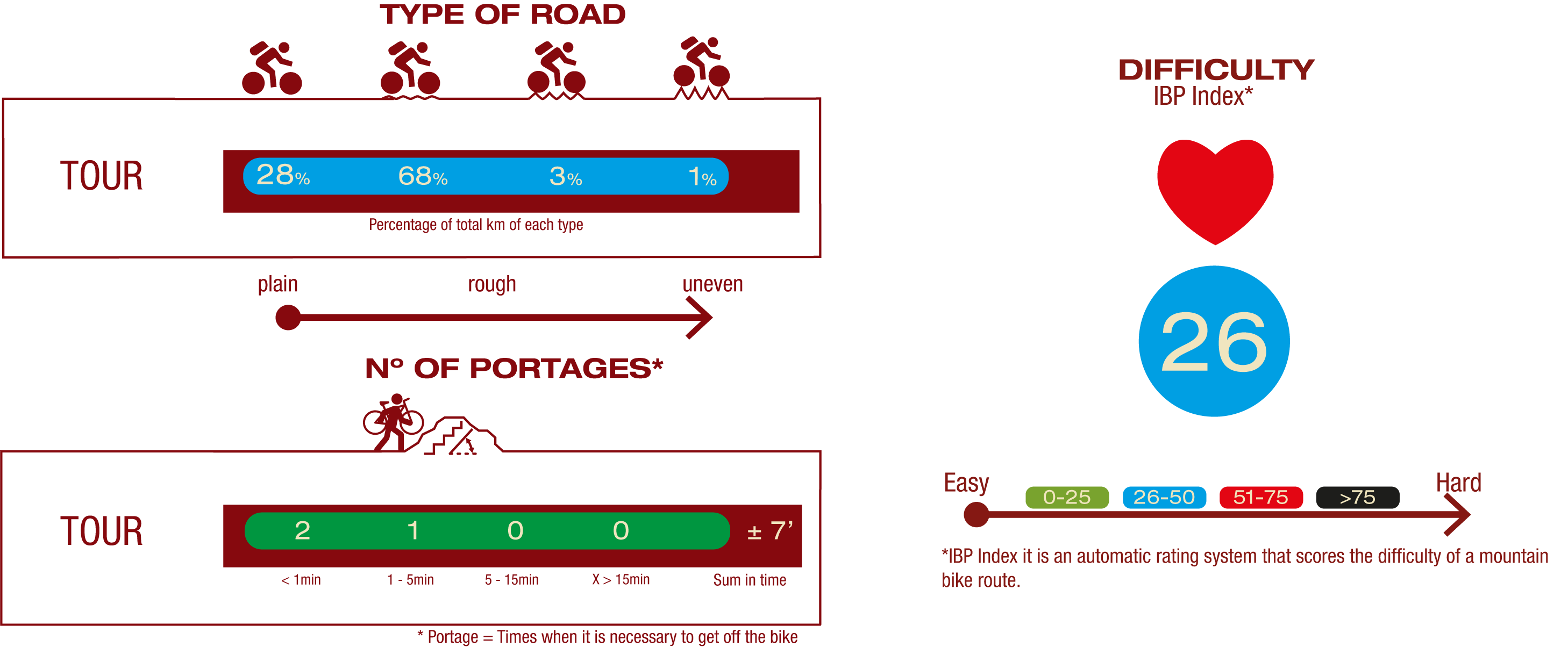- Home
- Rural Development
- Nature Trails
- Nature Trails
- Northeast Sector
- Matarranya Algars
Stage 2. Beceite-Valderrobres
Description

From Beceite to Valderrobles walking down the remains of ancient irrigation canal
The second stage of this trail links the towns of Beceite and Valderrobres, both of which are closely linked to the Matarraña river. Beceite is linked to the river because, back in the day, the paper factories were its main industry. Valderrobres has taken the two river banks due to its growth. If travellers follow the trail, they will have the opportunity to go by the old irrigation canal of the small hydroelectric power station of Bonet, with stunning views of the Matarraña, almost over the river.
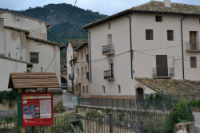
The trail departs where the previous stage ended, next to a bridge at the exit of Beceite. It goes down to almost reaching the riverbed and then goes away from it again a few metres ahead, after passing an old paper factory that is a charming hotel today, until it reaches the road exiting the town.
After crossing the road, the trail goes through a dirt track and then climbs the mountain side, where there is an informative display panel about the stunning panoramic views of Beceite from this point and its mountain passes. Among other things, the traveller will be able to identify the canyon seen in the previous stage of the trail.
Having bordered the former campsite (now abandoned), the trail goes down among pines through an old road that continues over an impressive stone arch, which can be admired when the path goes under it.
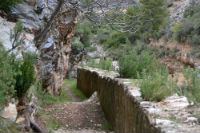
After going past the pine forest, there is a metal fence that protects the traveller from falling into the river, until the trail reaches the irrigation canal of Bonet. Although it has been reformed to allow travellers to go through it, they might need to duck to go under some rocks and be careful during the rainy season because sometimes the water tries to go back to its original course. Almost hanging over the river, the irrigation canal allows the traveller to enjoy the most interesting views of this part of the Matarraña river.
Once the trail crosses the irrigation canal, it goes through a dirt track again, changing direction at an intersection and going down until it reaches the river. The traveller has to ford the river, which might be difficult during seasons where it carries a lot of water. On the other side of the river, the trail ascends among olive trees and crops, leaving a sand and gravel extraction area aside. The traveller must be especially cautious at this point due to heavy vehicle traffic.
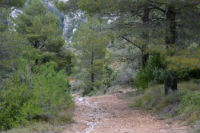
As the trail goes near the riverbed again, crops become more frequent, olive trees disappear and the track changes into a narrow riverside path among reeds until it reaches the A-231 road, a few metres from the town of Valderrobres. The trail goes along the road to the iron bridge over the Matarraña. This bridge links the historical centre with the modern part of the town, together with the historical stone bridge that can be found ahead.
Although this stage ends near the bridge, the historical streets of this town are really worth walking through, not to mention its city council or the Castle- Episcopal Palace.
Sites of interest
Map
Puntos de Interés
Información
Municipio
Vegetación
Profile
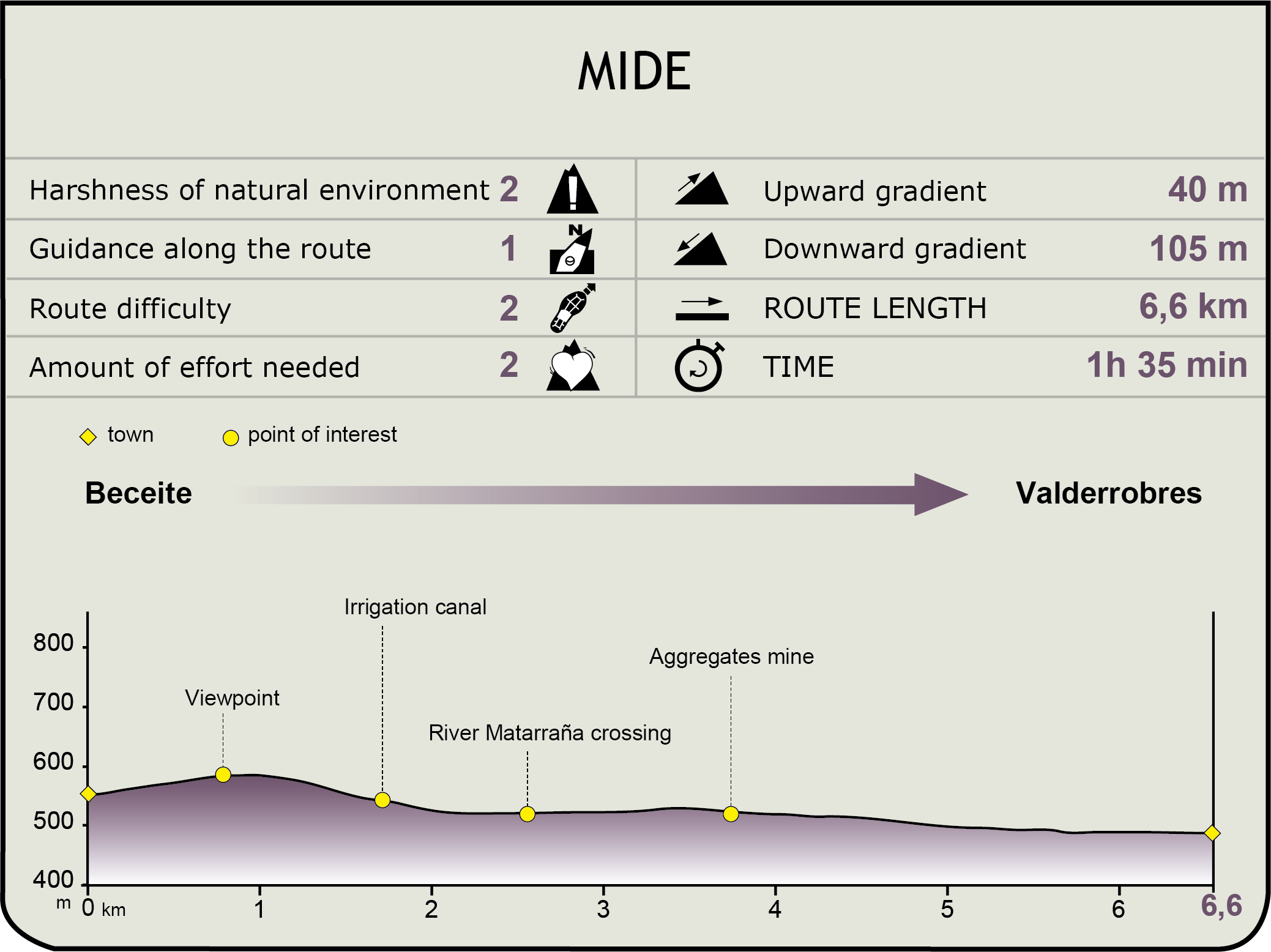
MIDE (Method for the Information of Excursions)
Featured
Further information
Beceite and the paper factories
Beceite (Beseit, in Catalan) is the first town the Matarra-Algars Nature Trail goes through. Its historical centre was declared an Historic-Artistic Grouping and Site of Cultural Interest in 2007 because of its great monumental attractions, such as the church of San Bartolomé, of medieval origin and reformed into Baroque style; the bridge over the Matarraña, from the 15th century; the Renaissance city council and its market; the hermitage of Santa Ana, from the 17th century; the Chapel of San Roque; and the Palau, which is the cultural centre today.
Due to the constant flow of the Matarraña, which ensured the availability of hydropower, and to its carbonated waters, which gave consistency to paper, paper factories were the industrial drive of this town between the 17th and 20th centuries. During the busiest times, there were 9 paper factories operating. This activity ended due to the distance to the large consumption centres, the cost of a semi-artisanal production and the non-conversion of the sector in the mid-twentieth century. Today, some of these buildings have been restored for tourism and cultural uses.
Valderrobres
The capital of the Matarraña lies on both sides of the river, with two bridges, the Pont de Ferro and the Pont de Pedra linking the two parts of the town. The old walled town can be aaccessed through Puerta de San Roque. At the historical centre, north of the river, the Castle-Episcopal Palace, the church of Santa María la Mayor (both Gothic) and the city council (Renaissance) stand out. This monumental group was declared of historical-artistic interest in 1983.
The Castle-Palace and church is a national monument since 1931 and one of the most characteristic tourist landmarks in Valderrobres. Its origins are unclear (the first references date back to the 12th century) and, although it initially had a defensive nature, it ended up becoming a dwelling.
Multimedia
Downloads
GPS Downloads
Maps
Cyclability
TYPE OF ROAD, PORTAGES & DIFFICULTY
SAFETY RECCOMENDATIONS
- Sections shared with hikers.
- Transit through the centre of some population centres.
- Due to the fact that the route runs close to riverbeds, crossing them on several occasions, you are informed that there may be seasonal discontinuities caused by floods, increases in flow, floods or transit through flood-prone areas.
GENERAL RECOMMENDATIONS
- Find out about the technical aspects of the route and the weather on the day.
- Take care of the environment. Take care not to disturb animals or damage vegetation. Respect private areas.
- You must give priority to pedestrians and comply with general traffic rules.
- The environment in which you will be riding is open, free to move around and an area where many activities are carried out (sporting, forestry, livestock and agricultural activities). Always have an understanding, prudent, responsible and respectful attitude.
